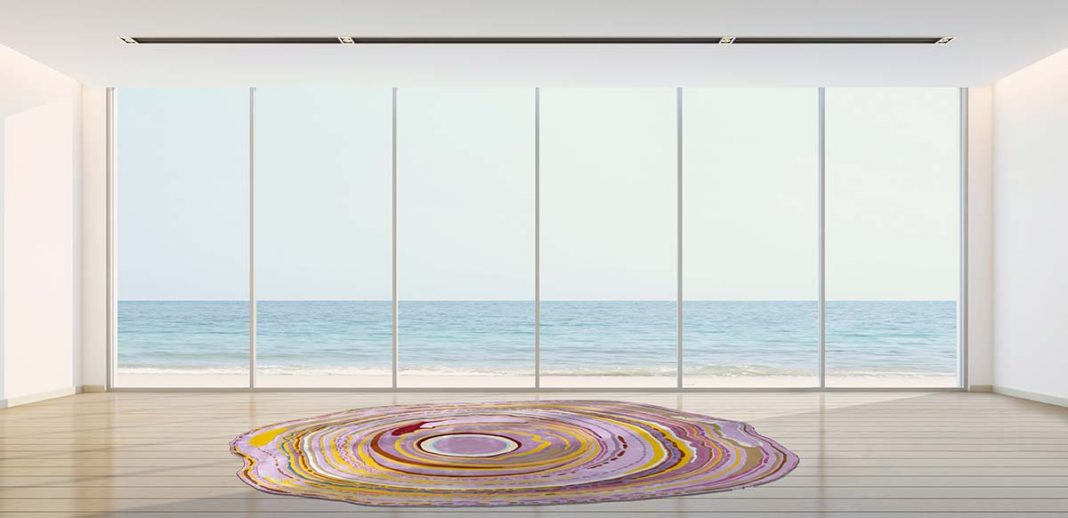To enclose centuries of tradition in a veil of a few square meters. To weave, in an average density of a million knots per square meter, a pathway of cultural contaminations and shadings. In over 200 years of history, Sahrai has perfected and refined this particular attitude, which in time has shaped and defined its identity. To create Persian carpets woven with the refinement of contemporary interior design in the West: this is their mantra.
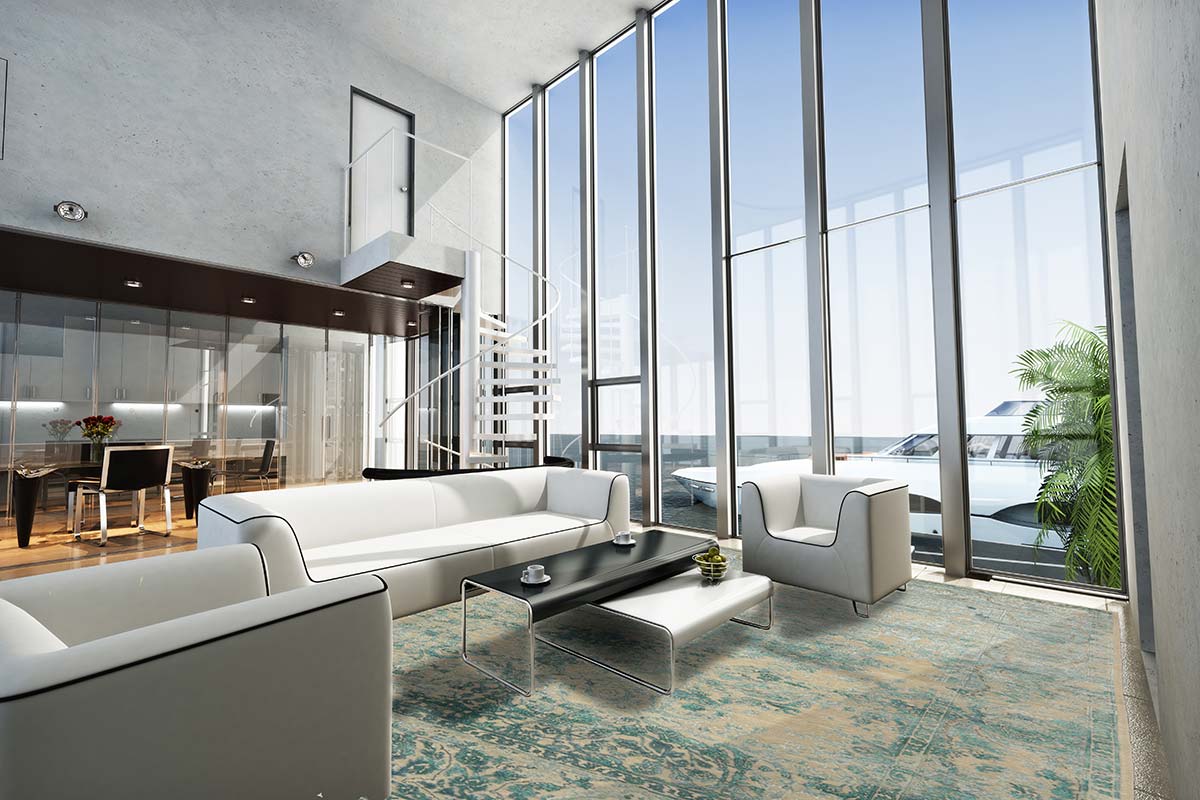
Gargy Turquoise, Taj Mahal collection by Sahrai
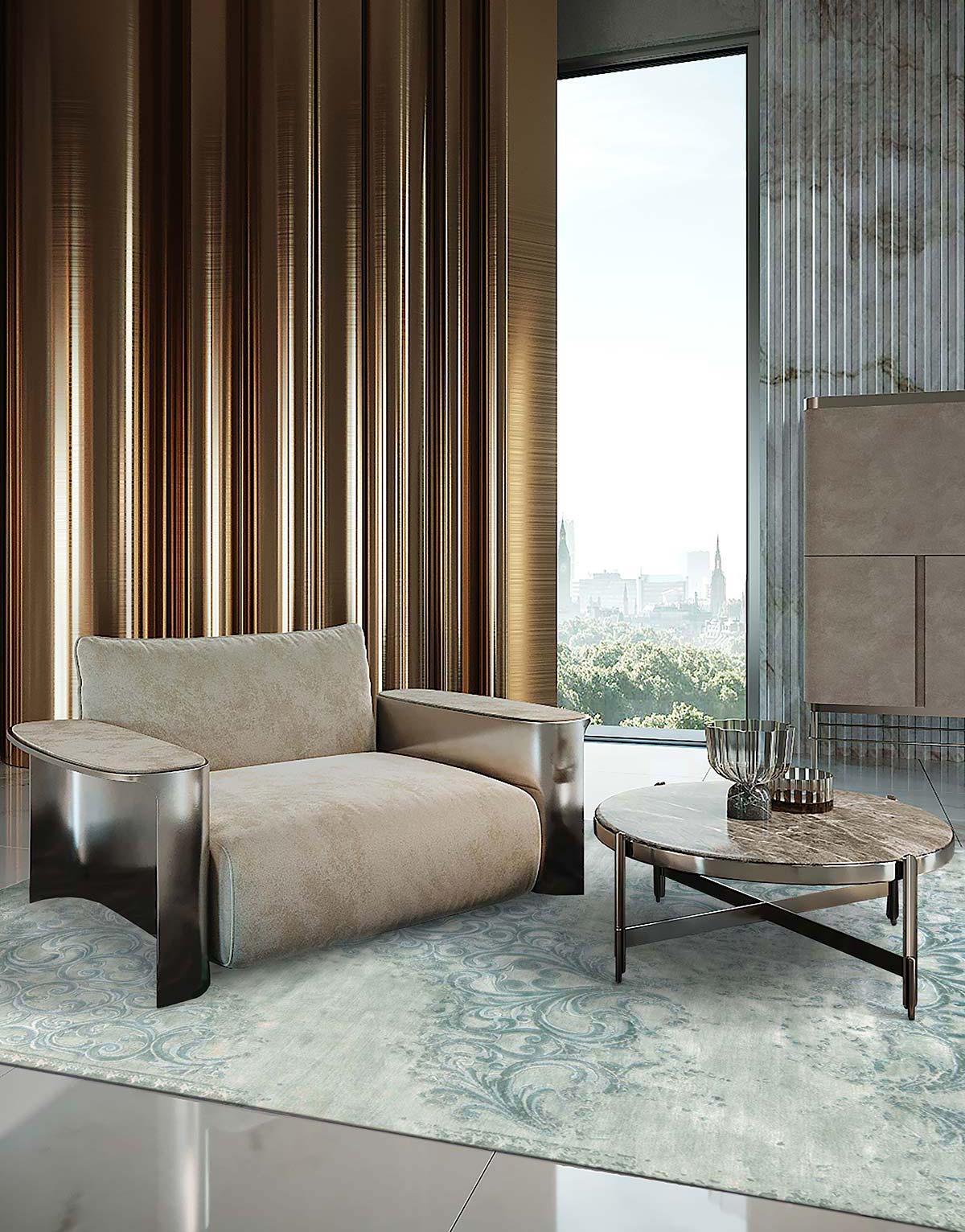
Gabrielle Faded, ELIE SAAB Maison Rug Collection by Sahrai
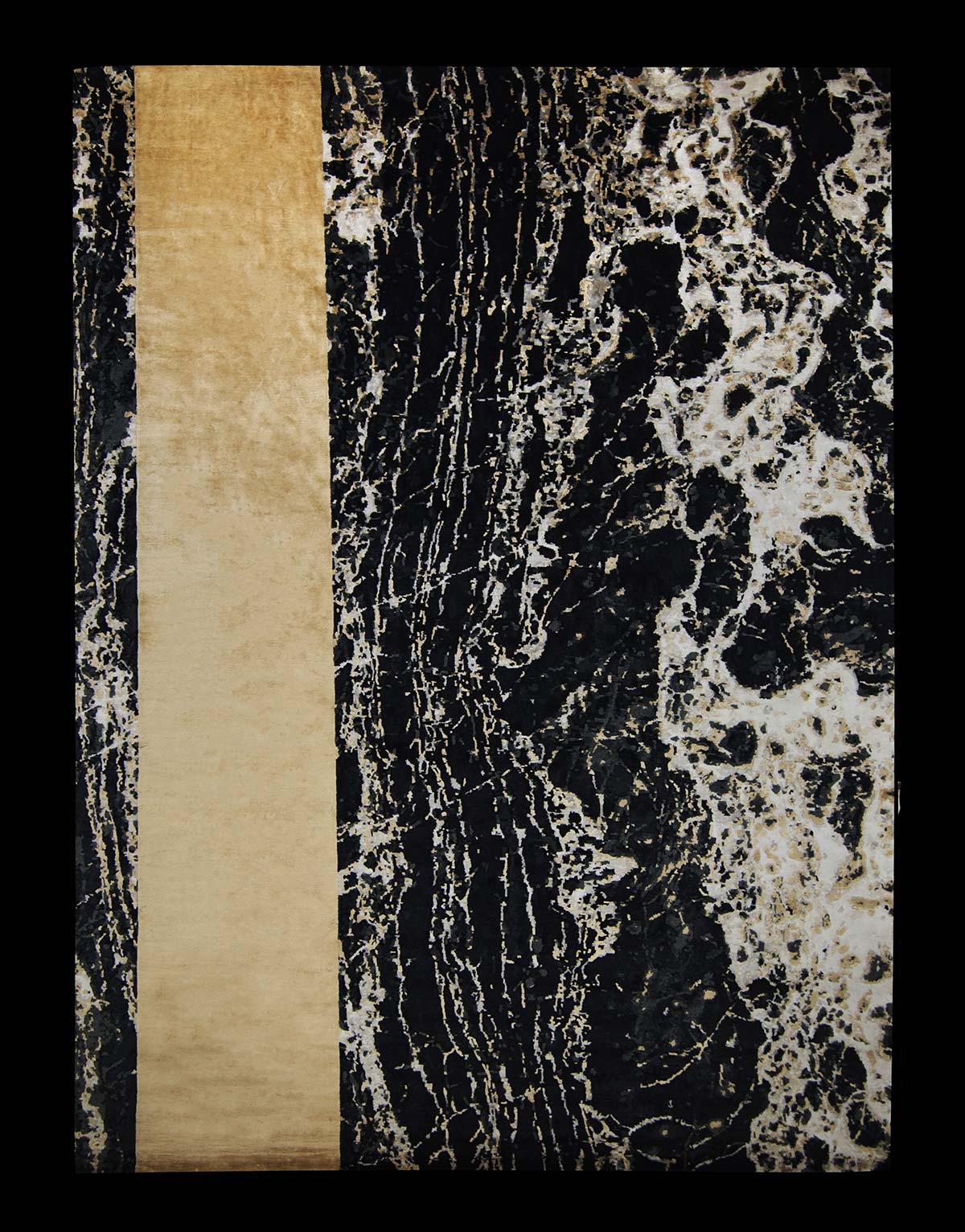
Portoro by Sahrai, Design Marco Piva
From the outset, traced back to Tehran in the 1830s, every carpet of the Sahrai family – always made by hand, in the past and in the present – was a direct reflection of their culture: an original exploration, using materials and techniques, of the concept of beauty, art and poetry. While in the early years this ideal passed through Persian territories, over the years the explorations of nearby countries has led to a more original mixture of influences, resulting in creations of greater variety in terms of design and style.
From the Middle East to Asia at the start of the 1900s, then the widespread presence in Europe halfway through the last century, all the way to the completely international breadth of the 1990s, thanks to the present owners, Rana and Ramine Sahrai.
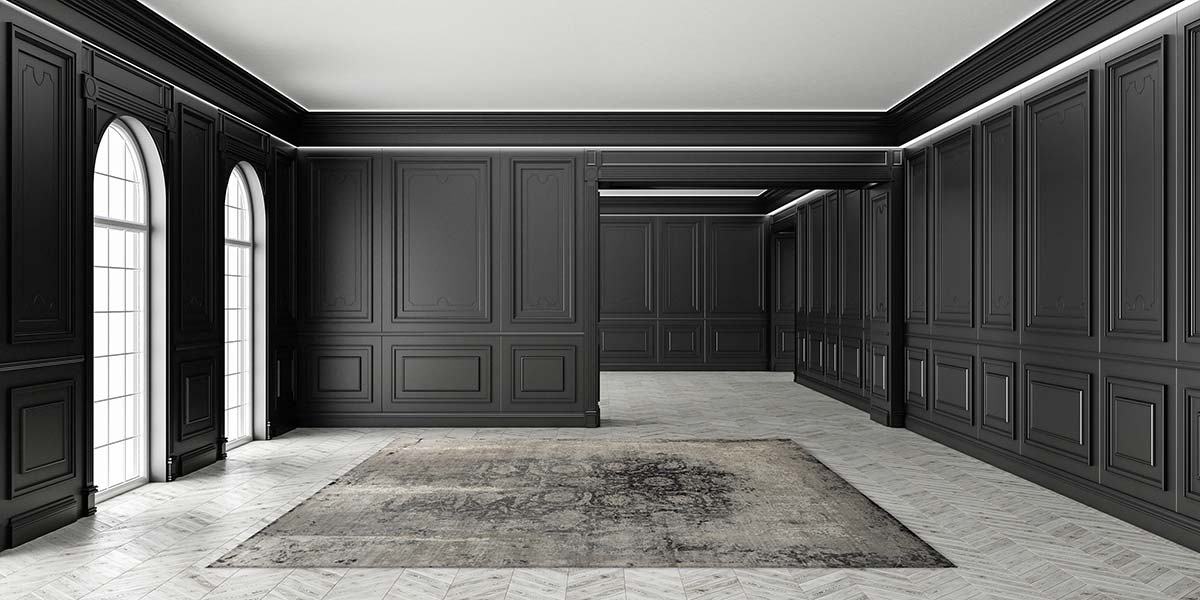
Jay, Taj Mahal collection by Sahrai
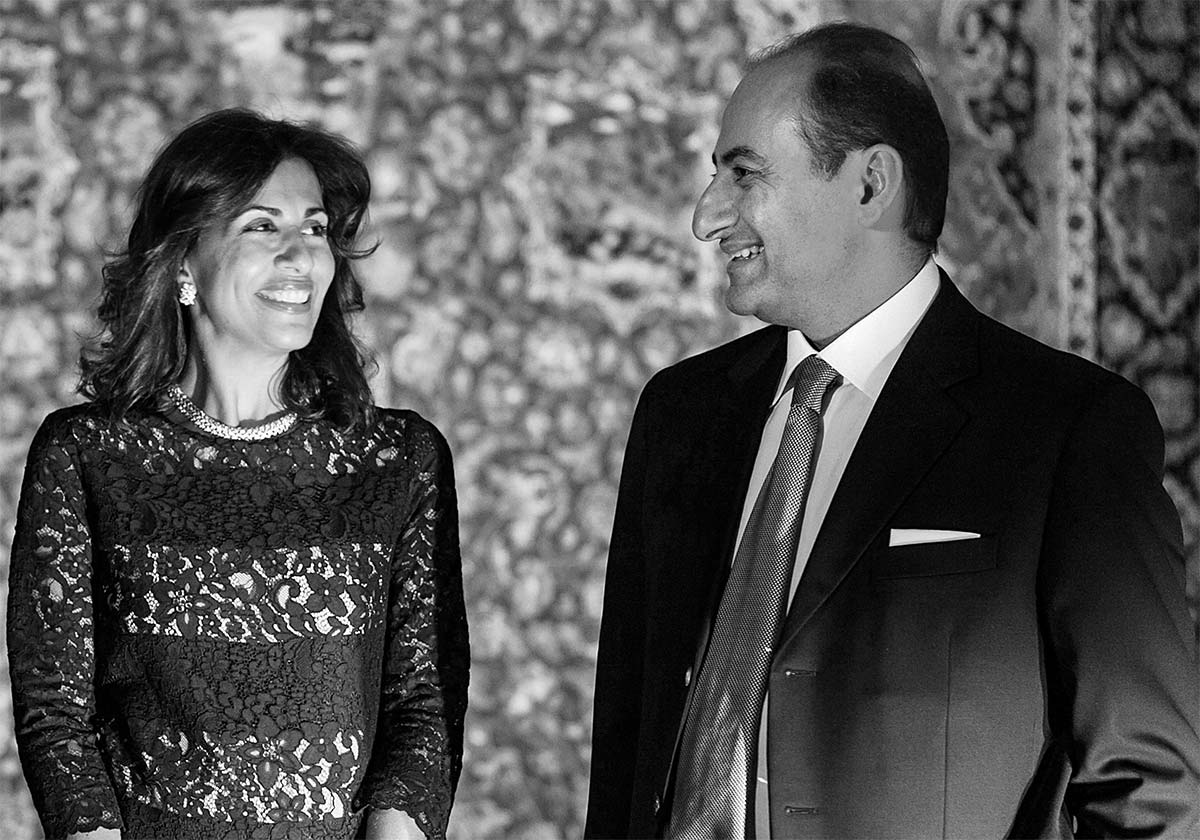
Rana & Ramine Sahrai
“As citizens of the world, we have combined the know-how connected with the art of knotting carpets, originating in the Orient – where we were born – with the elegance of western interior design, where we now live, to serve the world of global interiors with our exclusive handmade rugs,” says Ramine Sahrai. Artistic mastery is a constant in their universe, the decisive factor for excellent quality, for a brand renowned for the number of its collections and the designers with whom they collaborate. “We were born with this excellence, so it is part of our spirit, of our family roots,” Rana Sahrai explains.
So what is the western ‘touch’ that leads to new creative developments? It is the contemporary, modern twist embodied by the new textures of the Sahrai collections, represented by Noor and the Milano Collection (with a focus on Italian style), Taj Mahal (where Indian inspirations find modern expressions), or Place Vendôme (an ode to French elegance); but there are also unusual usage contexts, such as outdoor spaces or the world of yachting (the design division has become an important part of Sahrai’s growth), addressed in dedicated lines.
Collaborations include the material approach of Marco Piva, the architectural orientation of Daniela Puppa, the graphic and chromatic effects of Rodolfo Dordoni and Gordon Guillaumier, or the abstract vision of Roger Selden. These are just some of the innovations that have contributed to enrich the Sarhai heritage, a legacy that is revitalized day by day, in a continuing interchange between past and present, places and people.
Hence the slogan “Heritage Forever” that goes with the novel display concept in the new temporary showroom in Milan. An ongoing voyage into the future.

